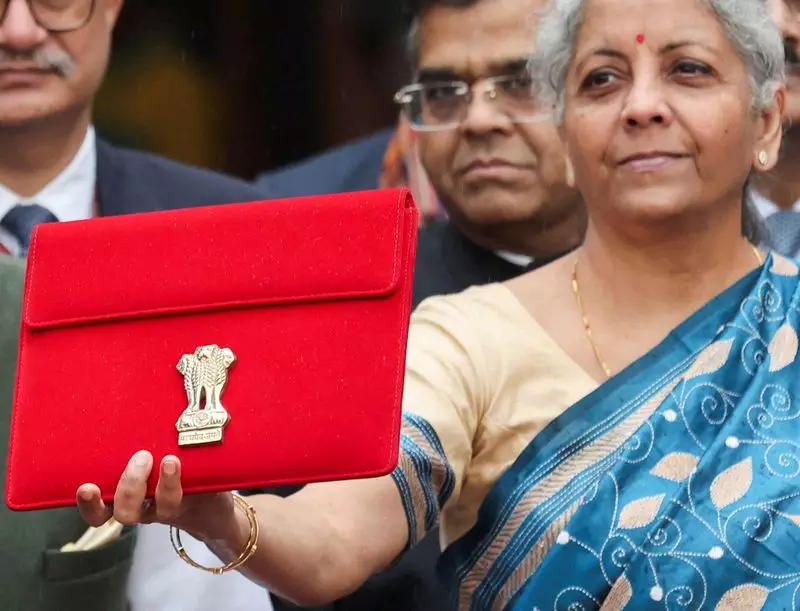The Indian government, led by Finance Minister Nirmala Sitharaman, recently announced a decrease in its planned gross market borrowing for the financial year ending in March 2025. The decision to lower the borrowing by 120 billion rupees comes as a surprise to many, as it was previously announced at 14.13 trillion rupees during the interim budget in February. This reduction brings the government’s gross borrowing to 14.01 trillion rupees, signaling a shift in financial strategy.
Significance of Government Borrowings
Government borrowings play a crucial role in determining bond yields, which have been on a downward trend since the beginning of the financial year. With local currency bonds now included in JPMorgan’s emerging market debt index, the focus on India’s government finances has intensified. Foreign investors have shown interest in Indian bonds, with $8 billion worth of bonds purchased on a net basis in 2024. The government’s fiscal deficit reduction target to 4.9% of GDP further adds to the significance of these borrowings.
Following the announcement, government bond yields initially eased, leading to the 10-year benchmark bond yield dropping to 6.9260%, the lowest since April 2022. However, the yields quickly reversed course as the cut in borrowing fell short of market expectations. The benchmark bond yield closed at 6.9723%, slightly higher than the previous day’s close. This indicates that investors were anticipating a larger reduction in borrowing.
Finance Minister Nirmala Sitharaman expressed the government’s ambition to bring the fiscal deficit below 4.5% in the upcoming year. Additionally, she mentioned a long-term strategy to maintain a declining path for central government debt as a percentage of GDP. Industry experts, such as VRC Reddy from Karur Vysya Bank, view the budget positively overall, emphasizing the importance of fiscal prudence. Reddy expects the benchmark bond yield to ease to 6.90% with a maximum of 7.00%. However, Vijay Sharma from PNB Gilts predicts selling pressure on long-term yields, while short-term yields may see a decrease, ultimately pushing the benchmark bond yield to 7.02%.
The Indian government’s adjustment of gross market borrowing reflects its commitment to fiscal discipline and economic stability. Despite initial market reactions, the long-term implications of this decision remain to be seen. As investors continue to monitor government finances and bond yields, the government’s ability to meet its fiscal targets will play a crucial role in shaping market sentiments and investor confidence.

